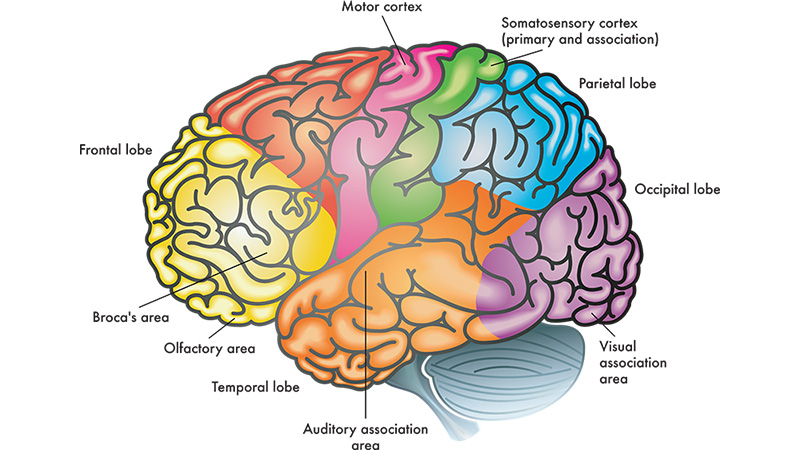Understanding the ways humans interact with medical devices is a multifaceted challenge. It requires considering physiological, cognitive, and social aspects of human behavior. Medical Human Factors Engineering utilizes diverse psychological perspectives to optimize the design and use of medical devices. Here, we will explore six key psychological perspectives – biological, evolutionary, cognitive, social, developmental, and clinical – and their contribution to this field.
1. The Biological Perspective
Rooted in physiology and genetics, the biological perspective considers how genetic differences and brain structure may influence our interaction with medical devices. For example, a home dialysis machine requires careful operation, which could be challenging for individuals with certain neurological conditions. Understanding the functions of the brain, particularly the frontal lobe, can help us design an interface that simplifies the process, thereby reducing cognitive load and potential use errors.

2. The Evolutionary Perspective
Human evolution has equipped us with survival-driven perceptual and cognitive traits. The evolutionary perspective harnesses this understanding to predict our interactions with medical technology. We instinctively respond more readily to certain forms of stimuli, such as movement or high contrast visuals. An infusion pump, for instance, could use a high contrast, dynamic display to show critical information, capitalizing on our evolutionarily tuned responses to ensure clinicians notice and react promptly.

3. The Cognitive Perspective
Cognitive psychology examines how people perceive, think, and learn, which are crucial factors in device interaction. Let’s take an Automated External Defibrillator (AED), a life-saving device intended for use by non-medical personnel. Given the high-stress situation and the user’s limited working memory, AEDs are designed to provide one instruction at a time. Each instruction is only given after the previous one has been completed, reducing the cognitive load and minimizing errors.

4. The Social Perspective
Social psychology highlights the influence of social interactions and cultural contexts. It recognizes that our willingness to use new technologies can be influenced by our peers. For instance, the successful implementation of a new telemedicine platform relies not just on its usability, but also on acceptance by medical staff. By incorporating feedback from potential users in the design phase, we can ensure a smoother transition and higher adoption rate.
5. The Developmental Perspective
Developmental psychology gives us insights into behavioral changes over time. Designing for an aging population, for instance, poses unique challenges. Age-related changes such as reduced motor control, visual acuity, or cognitive decline must be considered. A wearable glucose monitor designed for elderly diabetics, for instance, should incorporate features like larger buttons, clearer displays, and straightforward operation procedures to accommodate these changes.

6. The Clinical Perspective
The clinical perspective focuses on understanding mental health conditions and how they can influence interactions with medical devices. For patients with anxiety disorders, for instance, alarms or warning signs on a home health monitoring system could potentially be misinterpreted and cause panic. A system designed with calm, reassuring prompts, rather than alarming signals, would provide a better user experience for these individuals.

In summary, here’s how the six perspectives contribute to Medical Human Factors Engineering:
[table id=1 /]
Each perspective provides unique insights into human interaction with medical devices and systems. While cognitive psychology plays a particularly important role due to its focus on perception, memory, attention, and decision-making, the multidisciplinary nature of human factors engineering emphasizes the importance of considering all these perspectives to design user-friendly, effective medical technologies. By doing so, we can make medical technology safer and more effective for all.
Contact us to learn more about how we can assist with your human factors needs.




